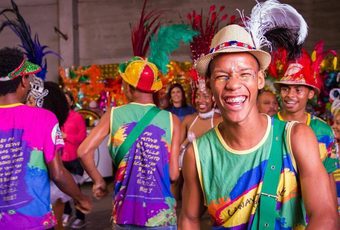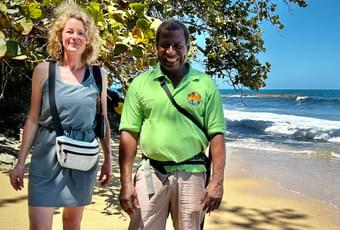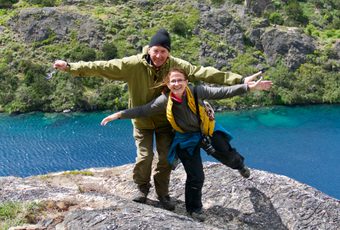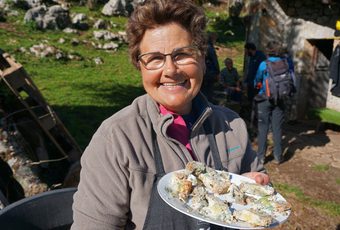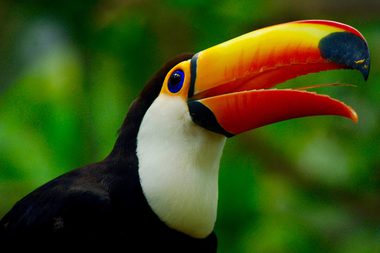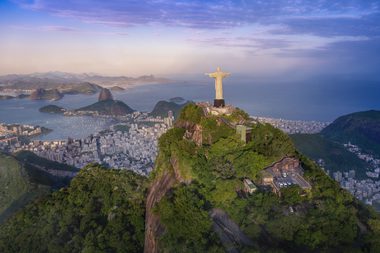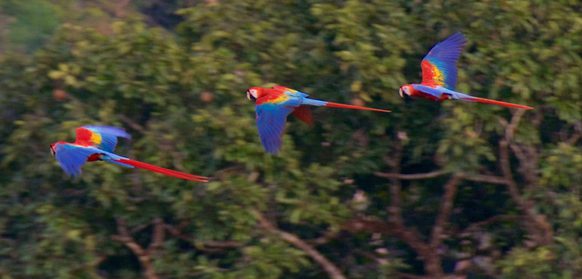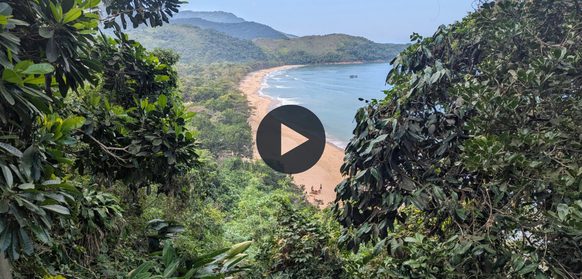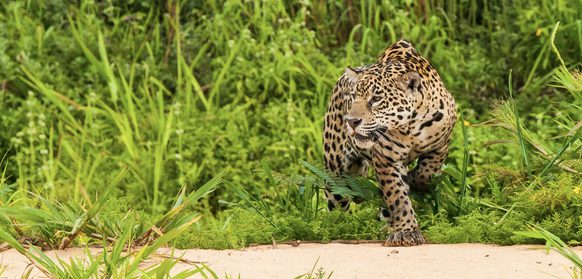What wildlife might you see in the Pantanal?
The Pantanal is home to approximately 3,500 different plant species, 1,000 bird species, 400 fish, 300 mammals and 500 reptiles. Put simply, the Pantanal offers the highest concentration of wildlife and fauna in the Americas and is one of the best wildlife destinations on the planet.
Because it is a floodplain environment, the landscape is more open than the Amazon. It's therefore easier to spot creatures on the move. Nature is nature - this isn't a zoo - but within the mosaic of gallery forest, grassland and waterways, you can expect and hope/pray for close encounters with a huge variety of tropical wildlife.

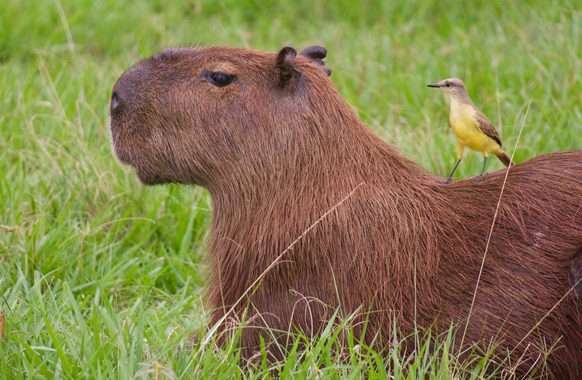

Capybara, the world’s largest rodent - a sort of giant guinea pig - are everywhere, and often block the vehicle tracks as they laze around on the paths. It's common to see coatis and pacas foraging near streams and monkeys moving through the canopy. Yacare caimans are ever-present in creeks and lagoons, while the birdlife is dazzling: toucans, jabiru storks, herons, macaws and kingfishers are part of a recorded list of hundreds of species.
And often that's before you've ever left the lodge.


Guided excursions, like canoe trips, boat rides or night drives, may reveal tapirs, giant anteaters, ocelots, tamandua anteaters and giant river otters. Hyacinth macaws and marsh deer tend to pop up regularly.
And then there are the jaguars...

We will always recommend that you include a day dedicated to jaguars, whether it's top of your sightings list or not.
In the northern Pantanal, at the very end of the Transpantaneira Highway, there is a remote frontier renowned for holding the world’s largest concentration of wild jaguars.
It is a long and bumpy day, and encounters are not guaranteed. Nature will be nature. But successful sightings are increasing, and you stand a very good chance of seeing one. A few weeks ago, one particular Pura guest hit the jackpot...
"I felt very privileged to have spotted a graceful jaguar. Waiting to watch him pounce towards the fleeing caiman, the tension was almost palatable. The image of Ousada, the jaguar, bounding across the beach is etched into my memory. This is a lifetime best experience and everyone should try to experience it....even if it did involve getting up at 03:15!"
Alison Thomas, Pura traveller

The name Pantanal comes from the Portuguese pântano, meaning swamp or marsh. It is not a swamp, geologically speaking, but rather a vast flood plain. Each year during the rainy season (November – April), the basin is flooded and around 80% of the plains are submerged. This nourishes the aquatic plant life, which, in turn, supports an amazing variety of wildlife and an incredibly diverse ecosystem.
We recommend to visit between May and October, when things are drier and you can explore more widely. Peak jaguar watching season is July to October.
You will stay at a specialist wildlife lodge. Each day, you choose from a range of activities as your guide talks you through the options. This might mean a jeep safari, a guided hike or a canoe paddle - doing a mix is usually the best way to see the greatest variety. Basically, you can choose to do as much or as little as you want to and plan the day to suit depending on your mood and energy levels, and the local conditions.
